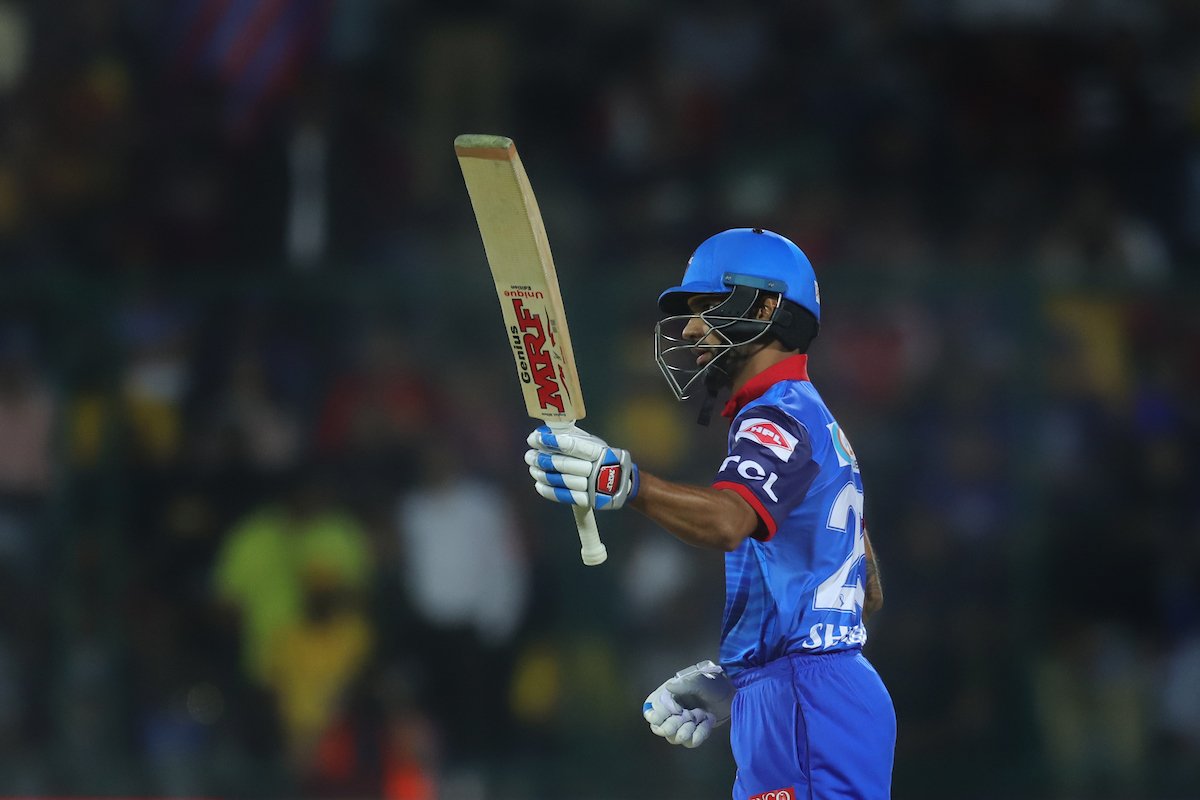IPL 2019 | What worked and what didn’t - Delhi Capitals
Even in this day and age of data mining, one couldn’t discount the simple theory of using the experience to be ahead of the time. Delhi Capitals, bolstered by a young Indian core and mentored by two of the best brains in the sport, provided the kind of cricket that was so refreshing to see.

Very rarely in the history of the Indian Premier League, a team has been formulated around an Indian core with a little to no dependence on the foreign units. Of course, Delhi Capitals had the likes of Kagiso Rabada and Trent Boult in their line-up, but apart from the former, no one can claim to have a bigger impact as far as their success story goes.
This brings another contradiction of the fundamental ideology of the T20 format where every successful team in the world is the mixed blend of experienced stars and newbies. They didn’t drag around imposing players as a symbol of their might and then leave them completely unused. However, Delhi operated in a dictum where the Indian core was their everything, ensuring the team will be the major shot caller in the times to come.
For the most part of the league phase, Delhi looked convincing in the manner of their win and set to finish in the top two, but after the defeat in Chennai, they were hurt big-time and their net run rate floundered to push them to the third spot. Then, they had to take, as MS Dhoni said of CSK, “around the wicket” formula, but a defeat to their kryptonite Chennai Super Kings in the second eliminator ended what could’ve been their first final appearance.
What worked?
Of course, their strong Indian core. At the top and middle order, the Capitals had Shikhar Dhawan, Prithvi Shaw, Shreyas Iyer and Rishabh Pant which not only allowed them to play free-flowing cricket but also put the fear of god into the opposition bowling attack. As a matter of fact, barring Shaw, the other three batsmen crossed the 400-run mark and contributed at least three half-centuries, with Dhawan finishing as the side's top run-scorer with 521 runs.
But the sheer value of numbers doesn’t do justice to the magnificent talent of Rishabh Pant and how brilliantly he made a leap towards bigger and grander success. While he may have struck only three half-centuries - same as Dhawan and Iyer - but that came at a strike rate of 162.66 and an average slightly over 37, which was way better than any other batsmen in the side. Take his smashing half-century against Mumbai Indians in Mumbai or donning the accumulator role to Dhawan’s colossal presence in the game in Kolkata, all this added to give him a great box appeal. Sure enough, he was guilty of playing one shot too many, but hey, he will learn that in due course of time.
While the batsmen sure had a big role to play so as to help them go through to the playoffs, Kagiso Rabada’s role can never be overstated. When he was forced to return home as a precaution for a back niggle, it acted as a symbolic representation of how much of a burden he had carried on his shoulder - he had already taken 25 wickets and was the frontrunner for the purple cap until his compatriot Imran Tahir just sneaked in the last moment and secured it in the finals. Rabada was just too good with the ball at the death and managed to secure Nineteen of those wickets in the overs between 16 and 20, which gave Ishant Sharma the freedom of expressing himself in the powerplay, where, he, for a change, bowled with heart and unbridled passion.
Ishant's attacking lengths and his deceptive knuckleballs were vital assets for the Capitals this season and he ended up as the third highest wicket-taker in the Powerplay with eight strikes at an average of 6.85. That was impressive and when he found support from Amit Mishra, who had 11 wickets to his name in 11 games at an economy rate of 6.75, it became doubly impressive.
What didn’t?
Colin Ingram is a fine T20 cricketer and had the reputation of being one of the best in his freelance career. Delhi analytics team somehow managed to trace the fact, but Ingram’s form left them in dire straits. At a time, when the Indian top-four played their part to perfection, Ingram, who Delhi bought by paying a huge amount of 6.40 crores, could only manage to score 184 runs from 12 games at an average of 18.40.
While Ingram was one of the reasons for Delhi’s middle-order implosion time and time again, other overseas batsmen too couldn’t claim to be that successful as well. Sherfane Rutherford (73 runs in 7 innings) was given seven games and Colin Munro (84 runs in four innings) four but none of them was able to kick on and be the support the Indian batsmen needed.
That brings another question regarding the lower-middle order reliance with the bat. They needed Axar Patel to hit form with the bat arrest the slide that Delhi suffered in more than one occasion, but for all his economic bowling display, the ubiquitous all-rounder found wanting with the bat. It left them believing if proper utilisation of Rahul Tewatia, a better batsman than Patel, could’ve helped.
Those aside, their failure to capitalise on the home advantage was one of the major contributing factors in Delhi being forced to scamper towards the end of the season. Of the seven matches they played, they could only win four of them, with one among them being a Super Over win against Kolkata Knight Riders.

Comments
Sign up or log in to your account to leave comments and reactions
0 Comments